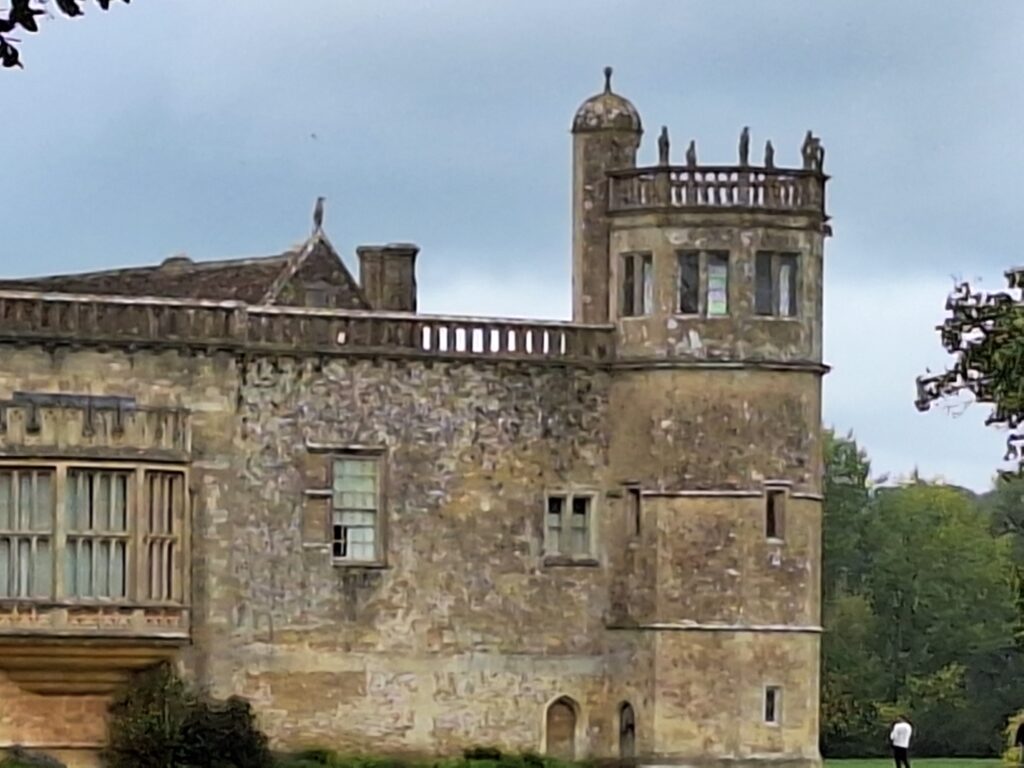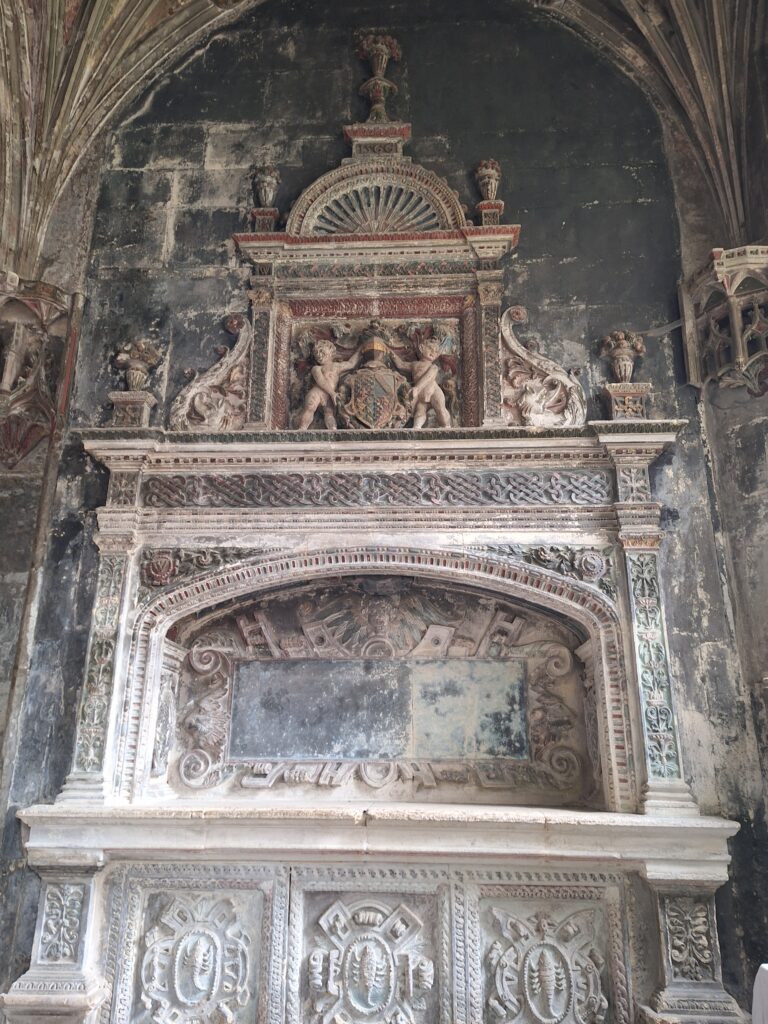Our story begins with Ela, Countess of Salisbury. Ela became the 3rd Countess of Salisbury in her own right following the death of her father in 1196. She later married William Longespée, an illegitimate son of King Henry II and the brother of King Richard 1. The couple had eight children. While William was away on a sea voyage, it was reported that there had been a shipwreck. A knight called Reimund then asked Ela to marry him, but she refused, not believing that William had died. She was right. He was recovering in a monastery and eventually returned, visiting the King to complain that Reimund had tried to steal his wife. Reimund was also at that meeting, and shortly thereafter, William was found dead by poisoning.
Ela never remarried, but inherited the post of Sheriff of Wiltshire in 1227. She then founded the Lacock Abbey in 1229, eventually joining it herself as a nun in 1238 and becoming abbess in 1240.
Augustinian nuns lived and prayed at Lacock from the 13th century until King Henry VIII closed all the old religious houses, kicked out the monks and nuns, and took the properties and their wealth for himself. Lacock Abbey was then sold to William Sharington in 1540. Sharington was one of the self-made men of the Tudor period, who climbed the social ranks through connections and corruption. Associated with Sir Thomas Seymour, he benefited from the dissolution of the monasteries by acquiring land and properties. He was a merchant in the wool trade, and became under-treasurer of the Bristol mint, where he clipped the coins minted and pocketed the profit. When Sir Thomas Seymour met his downfall, Sharington fell along with him, but turned on his friend and ensured his own freedom. Meanwhile, Thomas Seymour paid with his head.
William Sharington converted Lacock Abbey from a religious house to a private home. Interested in architecture, as many of these rising men were, he recognized the beauty and craftsmanship of the cloisters and religious rooms and kept them intact. He turned the upper story of the building, which had been an open and drafty nun’s dormitory and refectory, into a comfortable home. He also added an octagonal tower and a large stable block and courtyard.
Although married three times, Sharington didn’t have any children and upon his death in 1553, Lacock went to his brother Henry.
One of Lacock’s most romantic (?) stories is of Henry’s daughter Olive, who wanted to marry John Talbot, but her father didn’t approve. The story goes that Olive was determined to get what she wanted so she jumped off the roof of Lacock Abbey into John’s waiting arms with such force that she knocked him unconscious, and he was believed dead. Once John revived, Henry Sharington relented and let his daughter marry the poor man.
Several generations later, William Henry Fox Talbot inherited Lacock at the age of five months. Fox Talbot was a bright student with interests in science and art among other things. He is credited with the development of the first photographic negative, and his first successful in-camera picture is of one of the windows of Lacock’s south gallery taken in 1835. Today there is a museum of photography history at Lacock.
Lacock Abbey first came to my attention through the friendship of Sir William Sharington with Sir John Thynne. The two were friends with similar backgrounds and ambitions. While the events in my book From the Ground Up are fictional, the two did exchange stonemasons and other craftsmen. Thynne later added octagonal banqueting houses to the roof at Longleat, similar to the one on the tower’s top floor.

The Abbey had undergone several architectural renovations over the years, but many of the original features remain. You may have even seen them. Lacock Abbey and village now belong to the National Trust and have been used as film locations for such productions as Pride and Prejudice, the Cranford series, Wolf Hall, and several of the Harry Potter films, among others.

(All photos by Katherine J Scott)





























